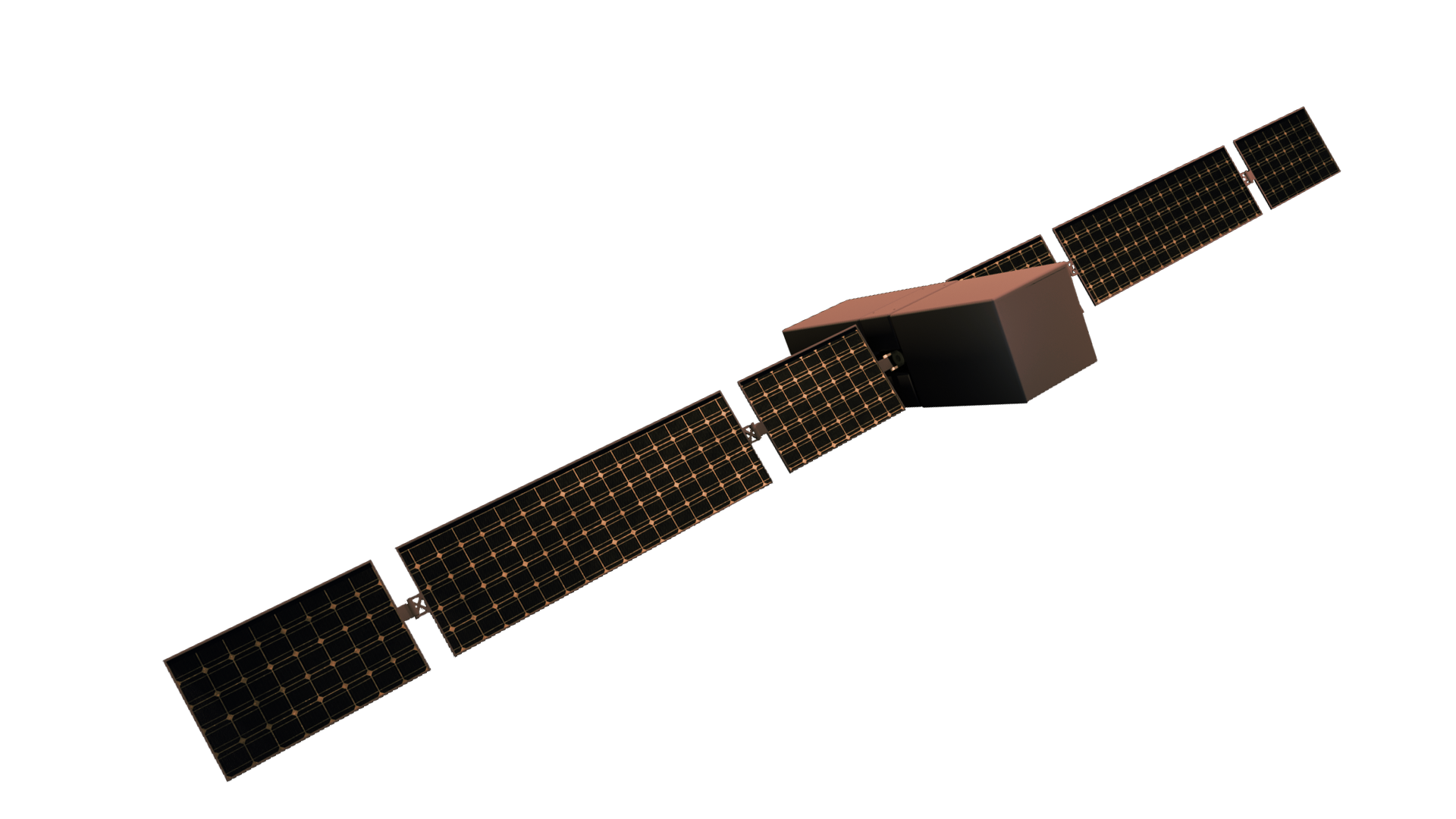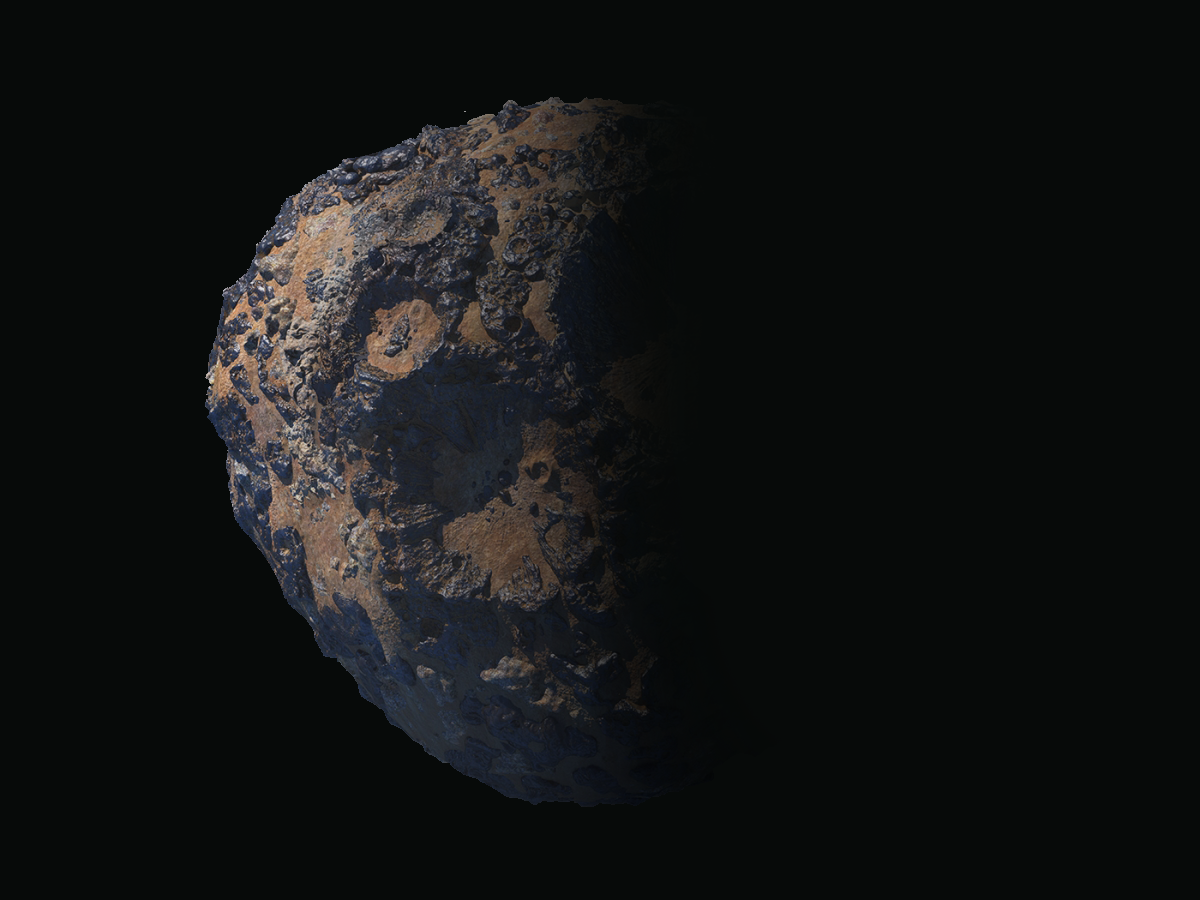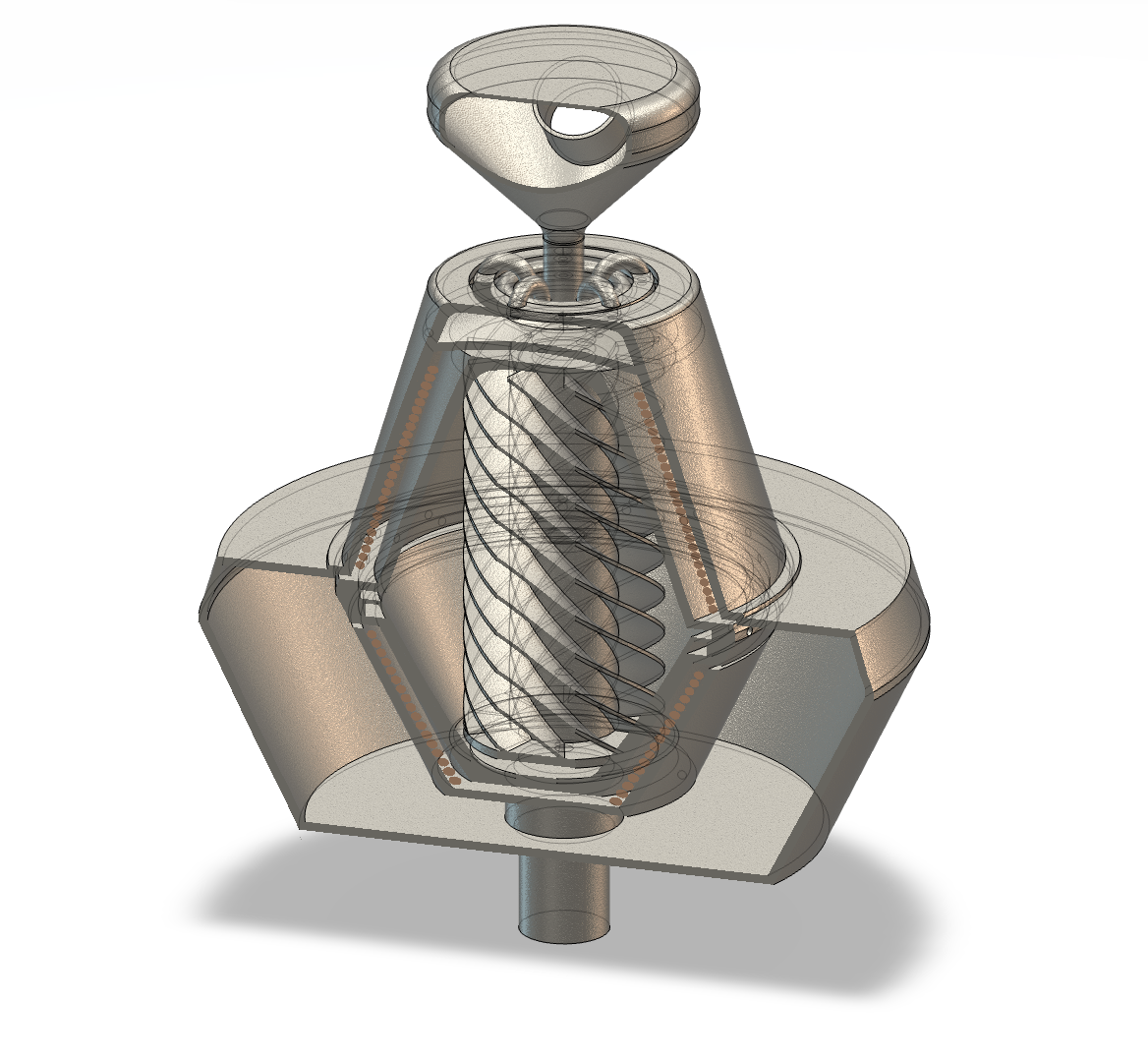

WE CAN’T GROW INFINITELY IN A WORLD OF LIMITS
Our civilization is built on a fundamental paradox: it demands infinite growth in a world of finite resources. This contradiction, long ignored or sidestepped, is now reaching its physical limits. We have plundered the Earth’s depths, dug deeper, extracted faster, and consumed more massively. And yet, despite innovation and optimization, we have never resolved the deadlock: rare metals become increasingly scarce, increasingly expensive, more polluting to extract, and geopolitically more explosive with each passing year.
Terrestrial extraction of platinum releases up to 40,000 kg of CO₂ per kilogram produced, compared to only 150 kg if the same extraction is carried out in space, a ratio of 1 to 270. And this doesn’t even account for poisoned water supplies, massive deforestation, geopolitical conflicts, or displaced populations.
And beyond the ongoing ecocide, the deadlock is also economic: as deposits are depleted, states and companies must pay more to extract less, caught in a spiral of diminishing returns. This model is unsustainable. In the long run, it will collapse.
Yet space is not a distant or abstract resource. It is our only credible outlet. Asteroids, those wandering metallic bodies, are remnants of differentiated planetesimals, rich in nickel, cobalt, platinum, gold, and rare earth elements. They contain, in orbit, more valuable materials than all terrestrial deposits combined. They are free of atmosphere, ecosystems, and human populations. They are, quite simply, natural mines ready for use. Their exploitation represents the only credible alternative to ensure the material continuity of our development without falling into forced degrowth.
For over a decade, space mining has sparked fantasies, funding rounds, and grand speeches.
Yet no commercial mission has brought back a single gram of metal. Why?
The answer is economic and strategic. Most projects were built on an absurd timeline: ten to fifteen years of development with no revenue, total dependence on external funding, and the promise of an uncertain future return. These actors, often focused on microgravity asteroids, bet on unrealistic plans. The lack of gravity complicates machine anchoring, scatters debris, and makes operations chaotic. Worse still, their metal separation models relied on chemical processes that require consumable reagents, which are impossible to supply sustainably in space. The result: exponential costs, unmanageable logistics, dependence on Earth-based resupply, and no profitability.
The few viable technologies were either sold off or abandoned. The space mining industry stumbled over its own mirage. But the problem is not technological. It is a matter of strategy, logic, and timing. This is where Hélios comes in.
Hélios understood one simple thing: to open an industry in space, you must never depend on Earth. No consumables. No recurring logistics. No distant promises. Profitability from the very first mission. And for that, our strategy relies on two complementary pillars.
On one side, we have structured an immediately profitable commercial offer on Earth: turnkey satellites, configurable online, delivered to civilian or military clients, capable of integrating scientific, observation, or communication modules. This activity generates revenue today, reinforces our expertise, and self-finances our space ambitions.
On the other, we have designed a clear, modular, and industrializable roadmap toward space extraction. No distant promises. No unfounded speculation. A first mission, calibrated to prove that autonomous mining is not only possible but profitable. Thanks to advances in onboard AI, reduced launch costs, and sensor miniaturization, a mission that would have cost one billion ten years ago is now achievable for a fraction of that price. We are the first generation truly able to attempt this. And we are not missing the opportunity.


Hélios' inaugural mission targets asteroid 16 Psyche, one of the most massive ever mapped by NASA. Its stable orbit, moderate but sufficient gravity to ensure reliable anchoring, and exceptional composition (iron, nickel, gold, platinum) make it an ideal candidate.
Our objective is simple: extract, sort on site, and return 2 m³ of material concentrated in precious metals. These two cubic meters will contain neither rock nor common iron. They will result from a selective extraction carried out directly on site, thanks to our proprietary intelligent sorting technology.
The mission will unfold in three phases:
1. Orbital deployment of the Drogon lander module and the Rhaegal mining robot.
2. On-site extraction and separation, using our integrated centrifuge.
3. Transfer of the mining tank into a cargo module, which will return alone to Earth with its valuable payload.
The modular design offers unprecedented flexibility: Drogon or Viserion can carry either one robot with its tank, or two tanks alone. This system maximizes return logistics without sending more than necessary. Every kilogram brought back is valuable. No waste.
| Diameter | 226 km |
| Day Length | ~4.2 Earth hours |
| Force of Gravity | ~0.06 m/s² |
| Avg Distance from Earth | ~370 million kilometers |
| Age | ~4.5 billion years |
| Value | ~10,000 quadrillion USD |

Hélios' industrial secret lies in its orbital centrifuge, currently under patent application. It operates without chemical fluids. It separates metals based on multiple parameters: density, conductivity, and magnetism. This AI-optimized process enables targeted extraction of platinum or gold, keeping only the top 5 to 1 percent of extracted materials. The rest is discarded on site.
Until now, all space mining initiatives required several attempts before hoping to demonstrate the beginnings of profitability. We are doing the opposite: Mission 1 will be directly profitable.
It is a complete rupture. A historic turning point. A demonstration that autonomous, profitable, and responsible mining is already a reality. If we successfully bring back those 2 m³ of sorted platinum and gold, we validate everything: the technology, the logistics, the economic model. We break the glass ceiling.
This mission also marks a political and strategic tipping point: it proves that Europe can regain leadership in the space industry, that France can produce resources in space, and that a sovereign, resilient model not dependent on the United States or China is possible.
M³ AU OR PT
Hélios’ strength lies in never waiting for a miracle. We have built a hybrid, modular, and robust model.
We are already selling satellites. We generate cash flow. We are simultaneously developing our mining infrastructure. And we have a first product with very high added value (the extracted materials), whose resale could generate between 1 and 2 billion euros per mission, not counting carbon credits or market fluctuations.
Our modules are reusable. Our tanks can be replaced without sending another robot. Our potential clients are not just states, but also private industries (aerospace, electronics, luxury, defense). And our revenues are also supplemented by the sale of scientific robots, adaptable to other space applications.
We do not depend on a miracle round of funding. We do not need to wait 15 years. We launch today. We extract tomorrow. And we transform the industry now.
BILLION USD